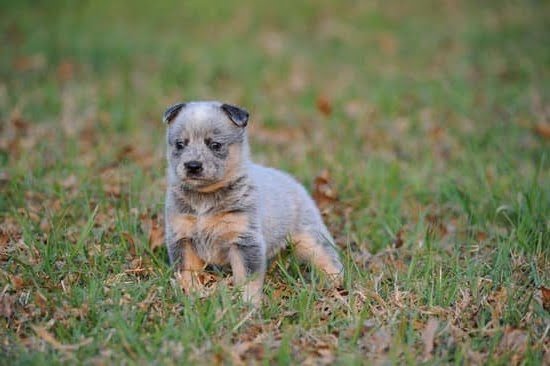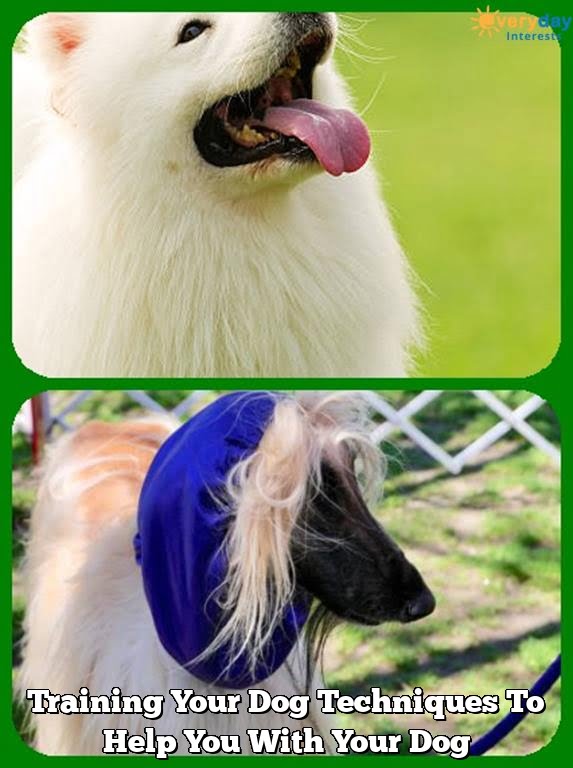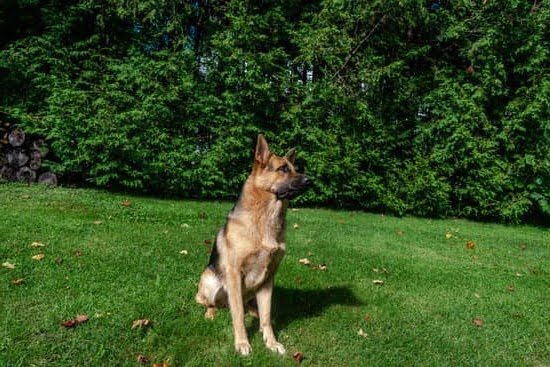Introduction
Potty training a dog can be one of the most daunting tasks for owners. It requires patience, understanding, and consistency in order to be successful. Whether using traditional techniques such as confinement or more contemporary methods like reward-based training, there are many effective techniques available. Traditional approaches focus on using crates or kennels that confine pets to a specific location when they have accidents in the house. In contrast, reward-based approaches rely on motivating pets with treats and praise to encourage proper elimination when outside. Potty training also involves teaching dogs verbal commands like “go potty” so they understand what is expected of them.
Different types of breeds can require different approaches depending on their size, energy level and attitude towards potty training. For example, large energetic breeds may benefit from exercise prior to potty time and by establishing regular times for trips outside. Smaller, calmer dogs may thrive with positive reinforcement and rewards for eliminating outdoors.
Ultimately, finding an approach that works for your pup’s needs is essential for properly training them in order to become well-behaved members of your household!
Preparing to Potty Train
Before beginning potty training, it is important to pick a spot that works for you and your dog. Look for a place that is easily accessible and safe. When choosing a crate, it should be just big enough so that your dog can stand up, turn around and lie down comfortably. Too small of a space may lead to anxiety and stress in your pup. Moreover, the right supplies can make all the difference in successful potty training. Examples of needed supplies include puppy pads, clicker trainers, special treats, plastic bags (for clean up) and anything else that sparks interest from your pup. Above all, consistency is key with regard to housebreaking success. Set times for feeding/pottying (usually after eating or sleeping), use cues like ‘potty time’ or ‘go pee’, reward desired behaviors with treats, praise or other forms of positive reinforcement each time the dog goes outside or succeeds in using the appropriate areas inside the home. Lastly, refrain from punishing any accidents as this often results in setbacks when learning this skill set.
Step-by-Step Potty Training
Potty training can be frustrating, but it is important to stay positive and consistent when working with your pup. To ensure success, you must use step-by-step potty training techniques.
The first step is to establish a schedule of times that work best for you and your pet to establish potty training times. Feeding and potty breaks should be done at the same time each day to help create a routine. It’s also important to model the behavior that you want from your pup. This includes taking them outside yourself and showing them where it’s appropriate for them to go.
Next, you want to reward your dog anytime they eliminate in the designated area or complete desirable behaviors such as coming back into the house when called. Offering rewards such as treats or verbal praises will reinforce good behavior and motivate your pet to continue learning good habits. Additionally, make sure not to scold them if they make a mistake inside the house; this will only hinder their progress. Instead, gently redirect their attention back outside and take note of what triggered potential accidents so its easier avoid them in future potty opportunities.
By following these steps consistently over time, you’ll eventually have a fully potty trained pup!
Troubleshooting Problems
Nighttime Potty Routine
Developing a nighttime potty routine is key to house-training your dog. As soon as you wake up and just before bed, take your dog outside for them to have a chance to go potty. This should become part of their regular routine so they will naturally adjust after a few days. Make sure to provide plenty of verbal praise when they do go and take them out on a leash, so they can’t wander off and potentially miss the opportunity to go.
Accommodating Senior Pets
Dogs who are elderly or suffering from medical conditions may have more difficulty following the same potty training tricks as younger dogs. For starters, reduce the amount of time between potty breaks. More frequent trips outdoors with verbal cues associated with it can help establish good potty habits. Additionally, accomplish cleanups quickly by using enzymatic cleaners that remove both the smell and stain of urine or feces; this eliminates reinfocement for bad behavior since it will no longer be associated positively with the scent.
Destructive Behavior During Training
It is common for dogs to exhibit some form of destructive behavior in response to being confined inside for long periods during the house-training process. Before allowing your dog free reign in your home, be sure that all chewables are off limits or locked away safely until they have been properly trained and consistently follow commands such as “leave it” without fail. Additionally, keep any rooms that tend to be messier more often/easier to access blocked off while your pet continues learning not leave urine/feces anywhere besides outside on designated areas. It’s also important that you don’t give in–inconsistencies in rules will only confuse them further and reinforce bad habits which are much harder to break than initial ones!
Mixing it up
Dog clicker-training is a form of dog training that uses positive reinforcement and involves the use of a clicker, a small device that makes a clicking sound when pressed. The clicker is used to mark behaviors as they are being performed. A reward, such as food or other treats, can then be given as positive reinforcement. Clicker-training helps teaching dogs specific behaviors and allows for easier communication between owner and pet.
Additionally, scent-based cues can be employed for potty training. For instance, the owner might spray certain areas with an artificial scent related to where the dog should go to the bathroom making it easier for the pup to recognize the specific spots they should use.
Touchscreen games are another fun way to help in reinforcing potty training tasks and successfully rewarding progress. Through modern technology, one can find interactive and educational apps developed specifically for helping teach dogs commands and important basics such as potty training routines. This method allows owners to work on tasks in an enjoyable yet effective manner both inside and out of their home environment!
Conclusion
When it comes to dog potty training, consistency and patience are key components to having a successful experience. Consistency means having the same sequence of steps for each potty session and being consistent in how you communicate your expectations, such as using the same words each time or using verbal cues or hand signals as prompts. Patience is important because dogs take longer than humans to learn behaviors. Rewards (treats, extra attention, etc.) can help reinforce positive behaviors but do not overuse them or your pup may become reliant on them. Repetition and establishing tight schedules (on feeding times, exercise times and walks) will help too. Additionally, create a routine where you express your expectations every time before taking your pup outside. Finally, providing plenty of encouragement during successful trips outdoors will help increase your pup’s motivation to perform well!
To further support pet owners on their potty training journey, guidelines on specific breeds and more detailed instructions are readily available online through credible sources such as certified trainers, animal behaviorists and veterinarians. Additionally, local shelters often provide house-training classes (if allowed due to the COVID-19 pandemic), which can be an invaluable resource for anyone needing additional guidance while potty training their pet.

Welcome to the blog! I am a professional dog trainer and have been working with dogs for many years. In this blog, I will be discussing various topics related to dog training, including tips, tricks, and advice. I hope you find this information helpful and informative. Thanks for reading!





